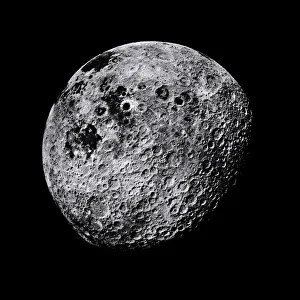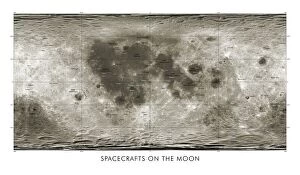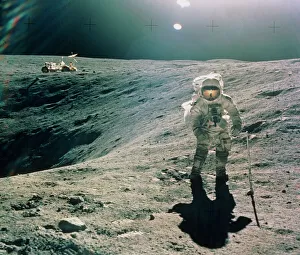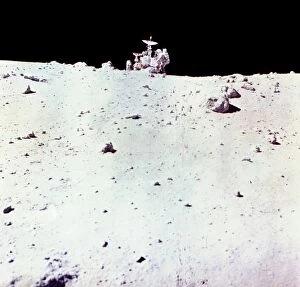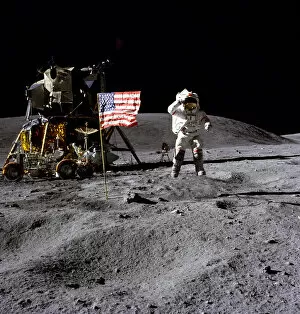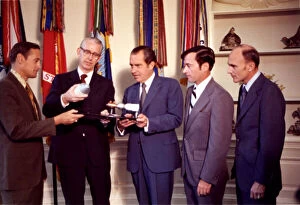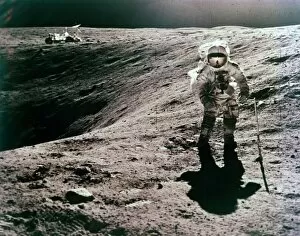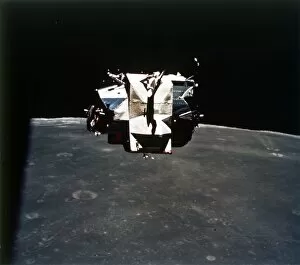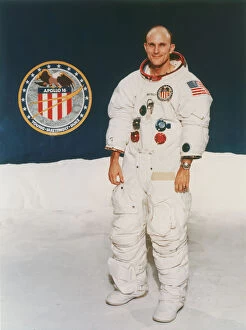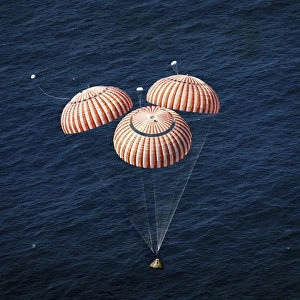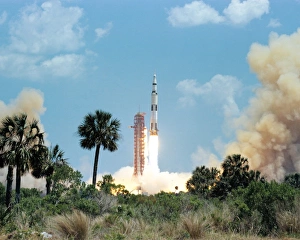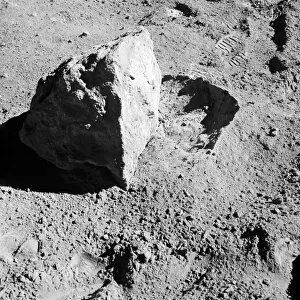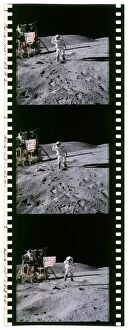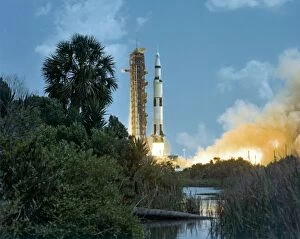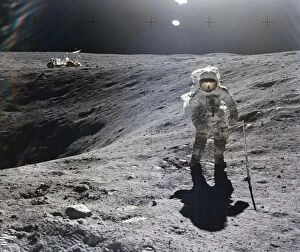Apollo 16 Collection
"Apollo 16: Exploring the Far Side of the Moon" In April 1972, Apollo 16 embarked on a historic mission to explore the far side of the Moon
All Professionally Made to Order for Quick Shipping
"Apollo 16: Exploring the Far Side of the Moon" In April 1972, Apollo 16 embarked on a historic mission to explore the far side of the Moon. The spacecraft successfully landed on the lunar surface, marking another milestone in human space exploration. Astronaut Charles Duke found himself next to Plum Crater, capturing breathtaking images of this alien landscape. With his trusty companion, the Lunar Rover, he ventured further into uncharted territory, leaving tire tracks that would forever mark humanity's presence on the Moon. The Apollo lunar rover was a marvel of engineering and ingenuity. Its sleek design allowed astronauts to traverse vast distances across rugged terrain with ease. Through detailed artwork depicting this remarkable vehicle, we can appreciate its significance in expanding our understanding of our celestial neighbor. Panoramic views captured by John Young showcased the awe-inspiring beauty and desolation of this extraterrestrial world. From Orion seen from the Rover to an enchanting view of Earth hanging delicately in space from aboard Command Module Overmoon - these images remind us how small yet interconnected our universe truly is. Apollo 16 not only pushed scientific boundaries but also fostered diplomatic relations as President Nixon met with Dr. James Fletcher and greeted Apollo 16 astronauts upon their return home. This momentous occasion symbolized international cooperation and shared aspirations for exploring beyond our planet's limits. As part of their mission legacy, Astronauts installed a commemorative plaque on the Moon's surface - a testament to mankind's achievements and dreams reaching new heights through courage and determination. Apollo 16 will forever be remembered as an extraordinary chapter in human history when brave explorers ventured into unknown territories, unraveling mysteries hidden within craters and mapping out new frontiers for future generations to follow.

